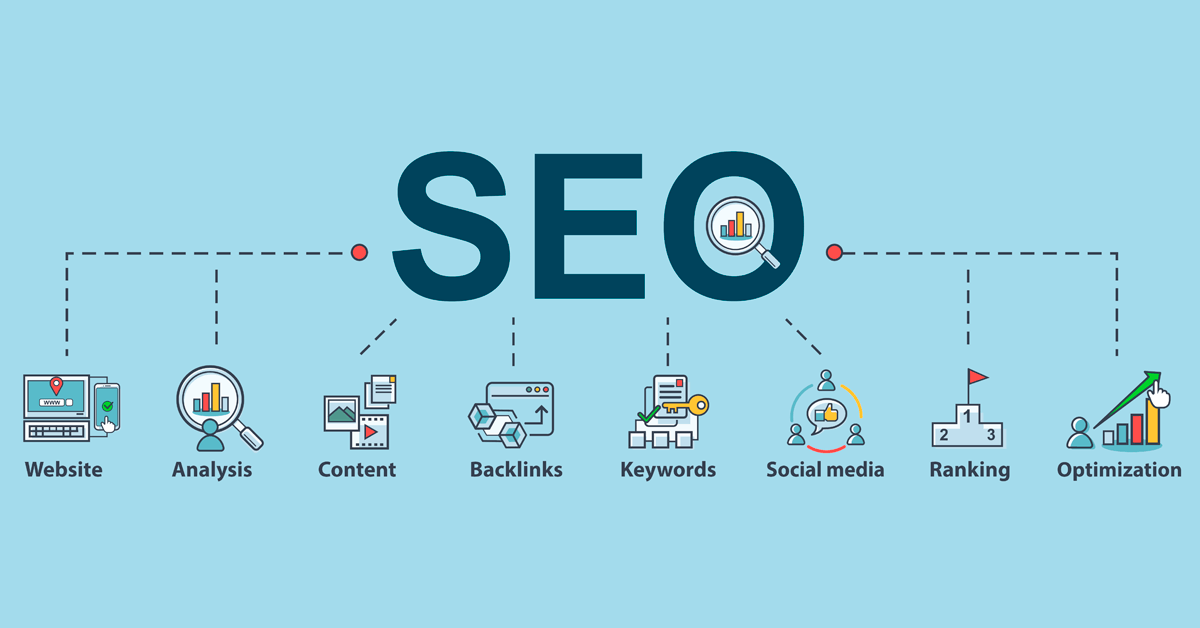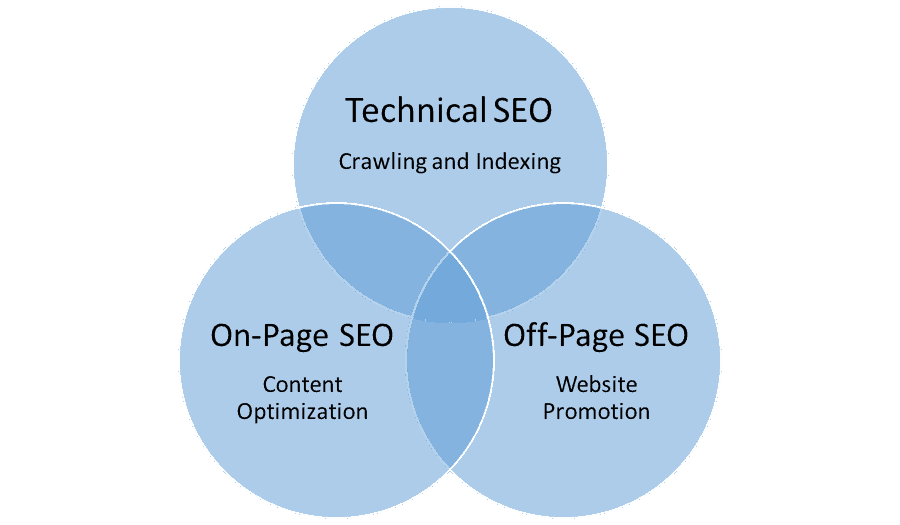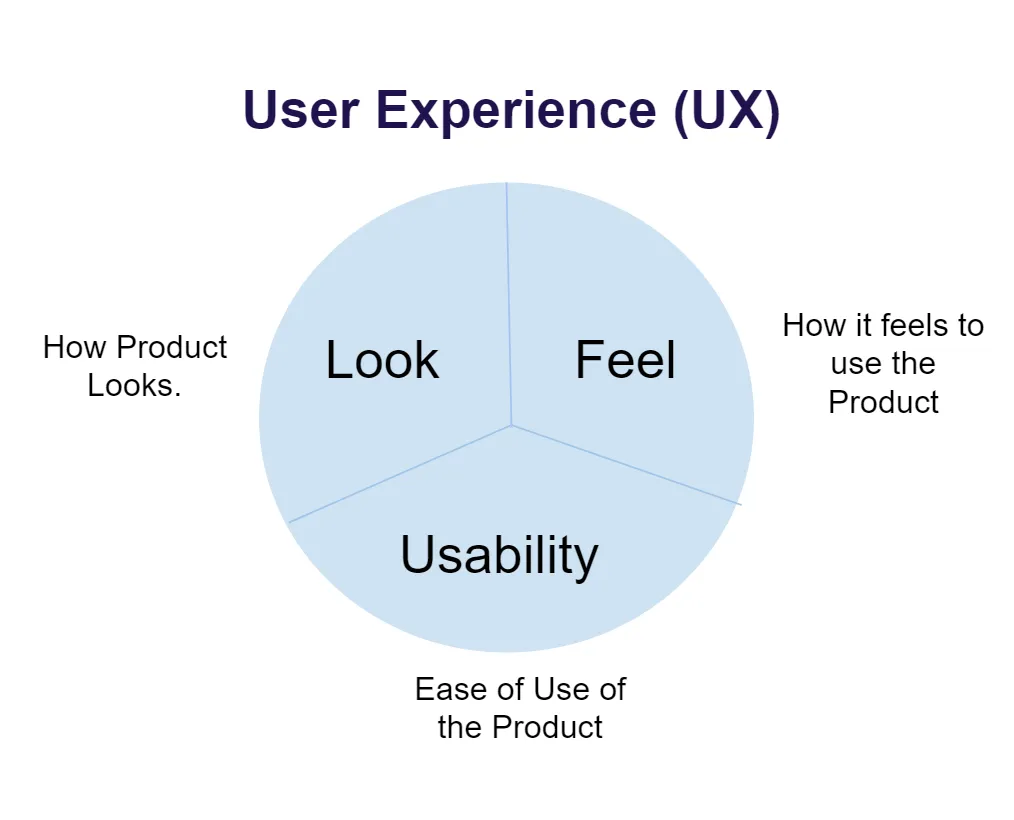Boost Your Website's Visibility A Beginner's Guide to Search Engine Optimization

In today's digital age, having a strong online presence is crucial for the success of any business or website. One of the key elements in achieving online visibility is Search Engine Optimization (SEO). SEO is the practice of optimizing a website to rank higher in search engine results pages (SERPs) and attract organic traffic.
SEO is the process that can significantly impact your website's visibility, organic traffic, and overall online success. By understanding the key principles and implementing best practices in on-page and off-page optimization, technical SEO, user experience, content promotion, and staying up-to-date with the latest trends, you can navigate the world of SEO and drive relevant traffic to your website. Remember, patience and consistent effort are key as SEO is an ongoing process that requires continuous monitoring, adaptation, and improvement, It requires time, effort, and a long-term commitment to see significant improvements in your website's rankings and organic traffic.
While SEO may seem complex and intimidating, this comprehensive guide aims to break it down into simple and understandable terms, empowering beginners to enhance their website's visibility and drive relevant traffic.
What are The Main Aspects of SEO?
The aspects of SEO can be categorized into three main areas: on-page SEO, off-page SEO, and technical SEO. Let's dive into each aspect in detail:
Firstly, On-Page SEO
On-page SEO focuses on optimizing individual web pages to improve their visibility. Key factors include:
1. Keyword Research: Identify relevant keywords and phrases users search for. Tools like Google Keyword Planner and SEMrush can help you find high-traffic, low-competition keywords to target.
The Importance of Keyword Research: Keyword research is a fundamental aspect of SEO. It involves identifying the specific words and phrases that users enter into search engines when looking for information, products, or services related to your business. By conducting thorough keyword research, you can optimize your content to target relevant keywords and increase your chances of ranking higher in search results. When performing keyword research, consider the following:
- Relevance: Focus on keywords that directly relate to your business, products, or services. Ensure that the keywords you target align with the intent of your target audience.
- Search Volume: Look for keywords with a decent search volume. Tools like Google Keyword Planner, SEMrush, and Moz Keyword Explorer can provide valuable insights into search volumes and keyword variations.
- Competition: Evaluate the level of competition for each keyword. Highly competitive keywords may be more challenging to rank for, especially if you're just starting out. Consider targeting long-tail keywords (more specific and longer phrases) with lower competition to start gaining visibility.
- User Intent: Understand the intent behind different keyword searches. Are users looking for information, seeking to make a purchase, or looking for specific services? Tailor your content and optimization strategies accordingly to meet user intent.
2. Quality Content: Create engaging, informative, and original content that addresses users' needs and aligns with targeted keywords. Use proper headings, subheadings, and formatting to enhance readability.
3. Meta Tags: Optimize meta titles and descriptions with relevant keywords to provide concise summaries that entice users to click on your website in search results.
4. URL Structure: Use descriptive and keyword-rich URLs to help search engines and users understand the page's content.
5. Internal Linking: Link relevant pages within your website to enhance navigation and distribute link authority.
Secondly, Off-Page SEO
Off-page SEO refers to actions taken outside of your website to improve its visibility. Key factors include:
1. Backlinks: Earn high-quality backlinks from reputable websites. Backlinks act as votes of confidence, signaling to search engines that your website is trustworthy and authoritative. Focus on quality over quantity.
The Power of Backlinks: Backlinks, or inbound links, are links from other websites that point to your website. Building a strong backlink profile is crucial for SEO success. Here are some strategies to acquire quality backlinks:
- Content Creation: Develop high-quality content that is valuable, informative, and shareable. When other websites find your content useful, they are more likely to link back to it.
- Guest Blogging: Contribute guest posts to reputable websites in your industry. This not only allows you to showcase your expertise but also provides an opportunity to earn backlinks from authoritative sources.
- Influencer Outreach: Collaborate with influencers or industry experts who can endorse your content and link back to your website. This can significantly enhance your visibility and credibility.
- Broken Link Building: Identify broken links on relevant websites and offer your own content as a replacement. This approach provides value to website owners while allowing you to earn backlinks.
- Building Relationships: Connect with other website owners, bloggers, and influencers in your industry. Engage with them on social media, participate in discussions, and establish mutually beneficial relationships that may lead to backlink opportunities.
2. Social Signals: Leverage social media platforms to increase brand awareness, engage with your audience, and encourage social sharing. While social signals may not directly impact rankings, they can enhance your website's visibility and attract potential backlinks.
3. Online Directories: Submit your website to relevant online directories and listings to improve its online presence and increase the chances of being discovered by users.
Finally, Technical SEO
Technical SEO involves optimizing the technical aspects of your website for search engines. Key factors include:
1. Website Speed: Improve page loading times to enhance user experience and reduce bounce rates. Compress images, enable browser caching, and minimize code to optimize website speed.
2. Mobile-Friendliness: With mobile searches surpassing desktop searches, ensuring your website is responsive and mobile-friendly is essential for SEO success. Use responsive design and test your website across various devices.
3. Website Architecture: Create a logical and user-friendly website structure that search engines can easily crawl and index. Use XML sitemaps and robots.txt files to guide search engine bots.
4. Site Security: Implement HTTPS encryption to secure user data and improve trustworthiness. Secure websites are prioritized in search rankings.


How to Understand the User Experience (UX)?
Search engines prioritize websites that provide a positive user experience. A well-designed and user-friendly website not only encourages visitors to stay longer but also increases the likelihood of engagement, conversions, and returning users. Consider the following UX factors for better SEO. Providing a positive user experience is crucial for SEO success. Factors to consider include:
- Mobile Responsiveness and friendliness: As mobile usage continues to rise, having a responsive website design that adapts to different screen sizes is crucial. A mobile-friendly website enhances user experience and can improve your search rankings.
- Website Design: Use a clean and intuitive design that aligns with your brand and facilitates easy navigation. Clear call-to-actions and user-friendly interfaces contribute to a positive user experience.
- Page Layout: Organize your content with logical headings, subheadings, and bullet points. Break up large blocks of text and ensure a visually appealing layout.
- Loading Speed: Slow-loading websites frustrate users and can lead to high bounce rates. Optimize your website's performance by compressing images, minifying code, and leveraging caching techniques.
- Intuitive Navigation: Ensure your website has clear and logical navigation menus, making it easy for users to find what they're looking for. Include a search function and breadcrumb navigation to enhance user experience.
- Engaging Content: Craft content that is not only informative but also engaging. Use visuals, videos, infographics, and interactive elements to make your content visually appealing and interactive.
- Clear Call-to-Actions: Guide users through your website and encourage desired actions by using clear and compelling call-to-action buttons. This can include signing up for a newsletter, making a purchase, or contacting your business.
What is Local SEO?
For businesses targeting a specific geographical area, local SEO is essential. Here are some key elements to consider:
- Google My Business: Create and optimize your Google My Business listing. Provide accurate and up-to-date information about your business, including address, phone number, hours of operation, and customer reviews. This will improve your chances of appearing in local search results and Google Maps.
- Local Directories: Submit your business information to reputable local directories such as Yelp, Yellow Pages, and TripAdvisor. Consistency in your business name, address, and phone number (NAP) across these directories is crucial for local SEO.
- Local Content: Create content that targets local keywords and addresses the needs and interests of your local audience. Consider publishing blog posts, articles, and guides that focus on local events, attractions, or industry-specific topics relevant to your location.
What are The Most Effective Content Promotion Strategies?
Creating high-quality content is only the first step; promoting it is equally important. Here are some effective content promotion strategies:
- Social Media: Share your content across your social media platforms to reach a wider audience. Encourage engagement, comments, and social sharing to increase visibility and potential backlinks.
- Influencer Outreach: Identify influencers or industry experts who can help amplify your content. Reach out to them and request their support in sharing or promoting your content to their followers.
- Email Marketing: Leverage your email subscriber list to share your latest content updates and engage with your audience. Provide valuable insights, exclusive offers, or downloadable resources to encourage clicks and visits to your website.
- Guest Blogging: Contribute guest posts to reputable websites or blogs in your industry. This not only helps you establish authority and gain exposure but also generates backlinks to your website.
What Means User Intent?
Understanding user intent is crucial for successful SEO. User intent refers to the purpose behind a user's search query. There are three main types of user intent:
- Informational Intent: Users seek information or answers to their questions. Optimize your content to provide informative and valuable answers to common questions in your industry.
- Navigational Intent: Users are looking for a specific website or brand. Ensure your website is optimized with relevant keywords and provides clear navigation paths to help users find what they're looking for.
- Transactional Intent: Users are ready to make a purchase or take a specific action. Optimize your product or service pages to highlight benefits, features, and clear calls-to-action that encourage conversions.
How to Stay Up-to-Date with SEO?
SEO is an ever-evolving field, and staying informed about industry trends and algorithm updates is essential. Here are some ways to stay up-to-date:
- Follow Industry Blogs: Regularly read reputable SEO blogs and websites that share insights, best practices, and algorithm updates.
- Attend Webinars and Conferences: Participate in webinars and conferences to learn from industry experts, gain valuable insights, and network with fellow professionals.
- Experiment and Analyze: Continuously test and experiment with different SEO strategies and analyze the results. This will help you understand what works best for your website and target audience.
- Join SEO Communities: Engage in online communities and forums dedicated to SEO. Discuss ideas, ask questions, and learn from the experiences of other professionals in the field.
How to Monitor and Analyze Your SEO Performance?
Measuring the effectiveness of your SEO efforts is crucial for refining your strategies and optimizing your website's performance, by monitoring your SEO efforts using tools like Google Analytics. Track organic traffic, keyword rankings, bounce rates, and conversion rates. This data will help you identify areas for improvement, adjust your strategies and gain insights into your SEO progress. Here are some key metrics to monitor:
- Organic Traffic: Monitor the amount of traffic your website receives from organic search results. An increase in organic traffic indicates that your SEO efforts are paying off.
- Keyword Rankings: Keep track of your keyword rankings over time to identify trends and measure your website's visibility for targeted keywords.
- Bounce Rate: Bounce rate refers to the percentage of visitors who leave your website after viewing only one page. A high bounce rate may indicate issues with user experience or irrelevant content.
- Conversion Rate: Monitor the percentage of visitors who complete a desired action, such as making a purchase, filling out a contact form, or subscribing to a newsletter. Analyze conversion rates to identify areas for improvement.
- Backlink Profile: Regularly analyze your backlink profile to ensure the quality and relevance of the links pointing to your website. Disavow any toxic or spammy links that could negatively impact your SEO efforts.
SEO may seem overwhelming and complex at first, but understanding its core aspects can help you enhance your website's visibility and attract relevant traffic. Focus on on-page and off-page optimization, technical SEO, user experience, and local SEO. Stay updated with industry trends, experiment, and analyze your results. Remember, SEO is a dynamic field, so stay up-to-date with the latest trends and adapt your strategies accordingly. With dedication and continuous effort, you can harness the power of SEO to drive the success of your website in the competitive digital landscape.
